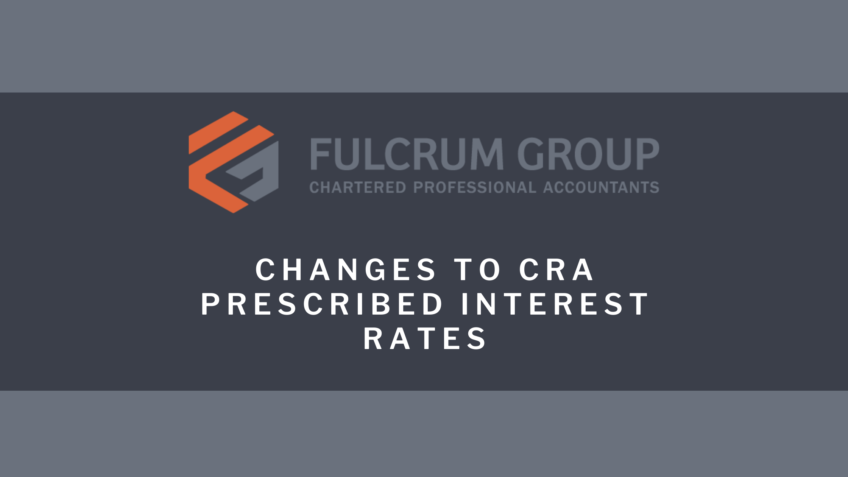Prescribed Interest Rate Changes
Did you know that CRA will be raising its interest rates as of July 1, 2022? Much like the Bank of Canada and most financial institutions, CRA will be increasing it’s prescribed interest rates this coming year.
After holding interest rates steady for several years and even decreasing rates in the third quarter of 2020, CRA will be increasing most prescribed interest rates in the third quarter of 2022 by 1%.
These changes will apply to amounts owing both to and from CRA. Updated rates can be found in the column to the far right below on various types of balances with CRA:
| First quarter (January to March 2022) |
Second quarter
(April to June 2022) |
Third quarter
(July to September 2022) |
|
| Charged on overdue taxes, CPP contributions, EI premiums | 5% | 5% | 6% |
| Paid on corporate taxpayer overpayments | 1% | 1% | 2% |
| Paid on non-corporate taxpayer overpayments | 3% | 3% | 4% |
| Used to calculate employee taxable benefits and shareholder loans | 1% | 1% | 2% |
For more information, contact our office.












